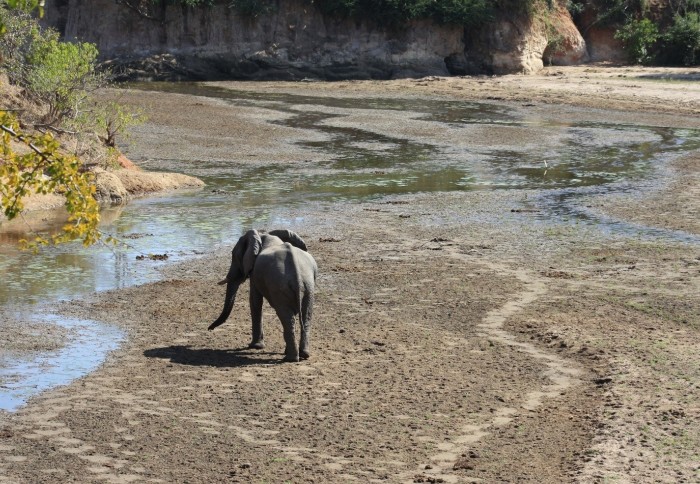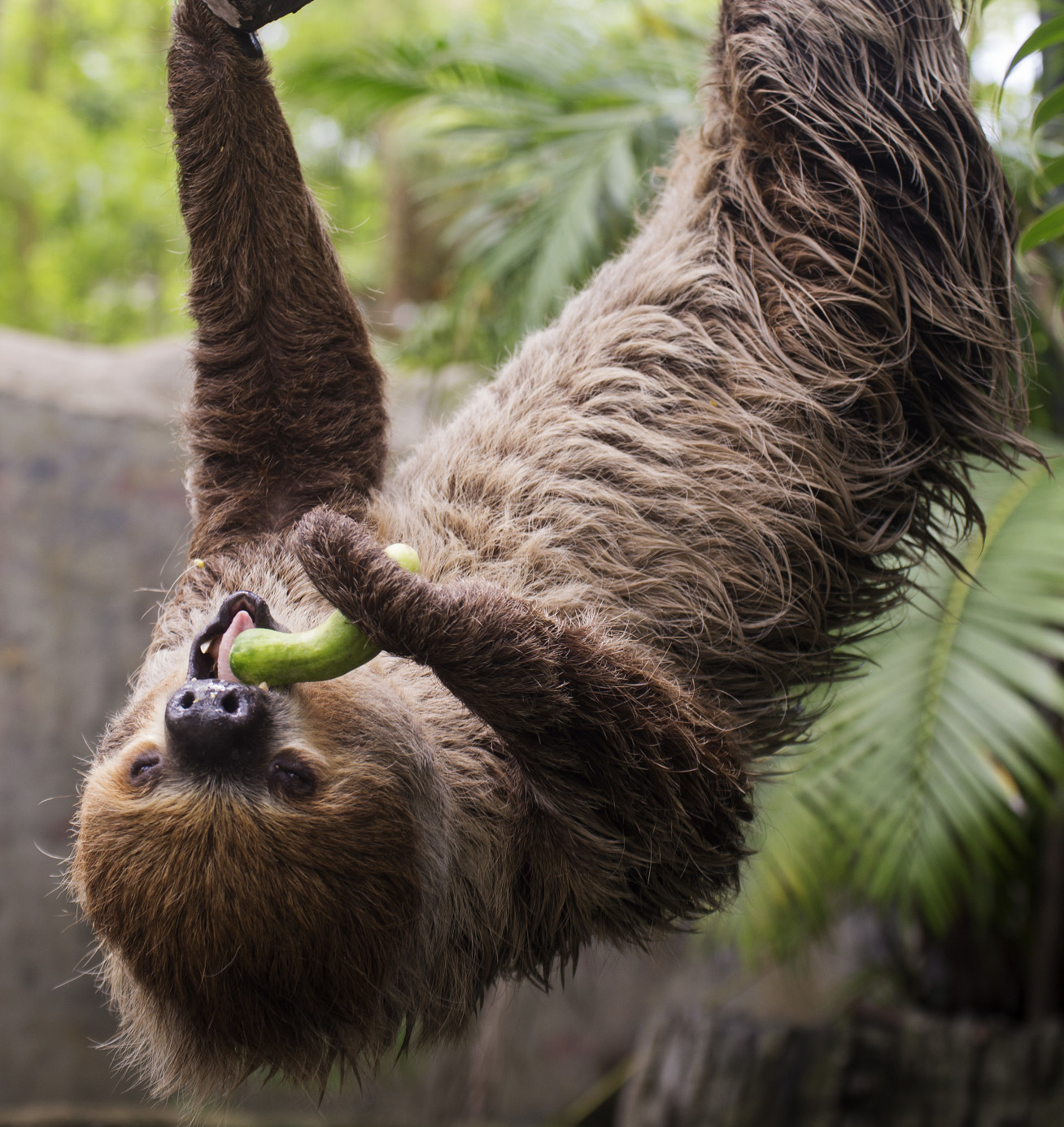
An African Elephant in Zimbabwe. Credit: Trisha Atwood

A study of more than 24,500 species reveals that herbivores are at greater risk of extinction than carnivores across birds, mammals and reptiles.
The results, published today in Science Advances, suggest ecosystems may be affected differently than we might expect and point to new possible conservation priorities.
These surprising results don’t change the nature of our race to save biodiversity, but they do drive home how quickly we must act. Dr Will Pearse
The team, led by Utah State University and including an Imperial College London researcher, suggest the consequences could even mirror the extinction of large herbivores (plant eaters) one million years ago, which caused changes in plant communities, nutrient changes, and fire risk.
Carnivorous (meat-eating) predators have often been considered the most at risk of extinction, because they need to eat a large proportion of food and roam large territories, which increasingly overlap with human territories, causing conflict.
Some previous studies have appeared to support this, but they have often focused on specific groups of animals. Now, using a database of extinction risk and diets for more than 24,500 species of mammals, birds and reptiles, researchers have discovered that herbivores are most at risk of extinction across all three animal groups.
Changing perceptions
Overall, around 25 percent of herbivores were at risk, compared to 15 percent of carnivores and 17 percent of omnivores (eaters of both plants and meat). Within all groups, larger animals were found to be more at risk.
Lead author Dr Trisha Atwood, from Utah State University, said: “The results were somewhat shocking. Our highly publicised and fraught relationship with predatory animals such as lions and wolves has led to the unfounded perception that we are losing predators more than any other trophic group.”

Co-author Dr Will Pearse, from the Department of Life Sciences at Imperial, said: “These surprising results don’t change the nature of our race to save biodiversity, but they do drive home how quickly we must act. Preserving and restoring the entire of ecosystems, not just charismatic carnivores, is vital if we are to maintain a healthy and productive planet.”
Although carnivores were at less risk overall, certain groups had relatively higher risk of extinction. These included scavengers, such as vultures, and animals that primarily eat fish, such as seabirds.
The most at-risk group were herbivorous reptiles, such as tortoises, which appeared to be particularly sensitive to the influence of invasive species, such as rats that eat reptile eggs. While the team were able to correlate certain groups of animals with types of threats caused by humans, including invasive species, pollution, habitat changes, hunting and climate change, the exact mechanisms need to be determined.
“Documenting a pattern in extinctions is only the first step towards curbing the loss of species,” said Dr Atwood. “Our next step is to understand the intricacies of why this pattern is occurring; only then will we really have a chance at stopping these future extinctions.”
Historical patterns
A species’ role in its ecosystem is intricately linked to what it eats, so that understanding whether predators, herbivores, or omnivores are at the highest risk of extinction helps scientists and society understand what the potential consequences of losing those species are.
For example, sloths play a key role in South American rainforests by eating large fruit and spreading their seeds. Researchers know that when large herbivores went extinct around one million years ago this caused a series of knock-on effects, changing plant communities, the movement of nutrients in an ecosystem, and the local fire risk, and that these effects are starting to be seen today.
A survey of historical extinctions also showed that large herbivores extinctions due to human activities may have been happening for tens of thousands of years, since the last Ice Age, when mammoths used to roam.
-
‘Herbivores at the highest risk of extinction among mammals, birds, and reptiles’ by Trisha B. Atwood, Shaley A. Valentine, Edd Hammill, Douglas J. McCauley, Elizabeth M. P. Madin, Karen H. Beard and William D. Pearse is published in Science Advances.
Article text (excluding photos or graphics) © Imperial College London.
Photos and graphics subject to third party copyright used with permission or © Imperial College London.
Reporter
Hayley Dunning
Communications Division

Contact details
Tel: +44 (0)20 7594 2412
Email: h.dunning@imperial.ac.uk
Show all stories by this author




Leave a comment
Your comment may be published, displaying your name as you provide it, unless you request otherwise. Your contact details will never be published.